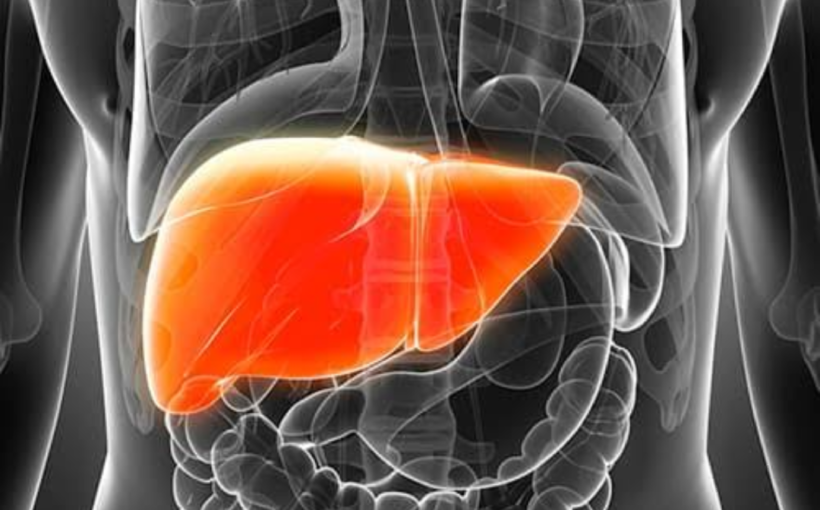When agrochemical and pharmaceutical companies develop new products, they must test extensively for potential toxicity before obtaining regulatory approval. This testing usually involves lengthy and expensive animal studies.
A research team at University of Illinois has developed a gene biomarker identification technique that cuts the testing process down to a few days while maintaining a high level of accuracy.
“The aim of this research was to identify the smallest set of indicators from the liver to predict toxicity and potential liver cancer,” says Zeynep Madak-Erdogan, associate professor in the Department of Food Science and Human Nutrition at U of I and a lead author on the study.
“The agrochemical industry has a pipeline where they test new compounds in terms of toxicity-related endpoints. Liver toxicity is one of the most important endpoints, because the liver is the organ that receives the blood supply and cleans it, making it one of the biggest targets in terms of environmental toxic action,” Madak-Erdogan explains.
Normally, companies do this through long-term animal experiments, she adds. They track animals for up to a year to see if they develop liver cancer after exposure to these compounds. The studies require thousands of mice or rats, and a lot of human time taking care of the animals, collecting samples, and analyzing the data.
The study, published in Scientific Reports, identifies a biomarker gene signature that indicates potential liver toxicity just 24 hours after exposure.
Madak-Erdogan and her colleagues analyzed information from a large database maintained by the National Institute of Environmental Health Sciences. In collaboration with scientists at the U of I National Center for Supercomputing Applications (NCSA), they used machine learning approaches to identify gene biomarkers in messenger RNA to predict future toxicity.
“From designing new molecules to identifying novel biological targets, machine learning approaches are playing a key role in accelerating drug target identification and validation,” explains Colleen Bushell, director of NCSA’s Healthcare Innovation Program Office and co-author on the study.
While this study is not the first to employ such techniques, it is the most comprehensive, Madak-Erdogan says. The researchers used a large amount of data and multiple machine learning techniques in order to identify the methods that provide the fastest and most accurate results.
“We are assessing the best prediction techniques and finding the best indicators for liver toxicity. Instead of going for months or years, now we can just treat a few mice for 24 hours, collect livers, look at the biomarkers we identified, and predict whether the animal will potentially develop liver cancer or not,” she explains.
The study’s results can be used broadly by toxicologists and other scientists, and can help the agrochemical and pharmaceutical industry improve their testing capabilities.
“Our findings show machine learning approaches are definitely very valuable in analyzing the vast amount of biological data that we create in our research activities. Collaboration between life sciences and computer sciences is very important for this work,” Madak-Erdogan concludes.
Marianne Stein, University of Illinois at Urbana-Champaign


